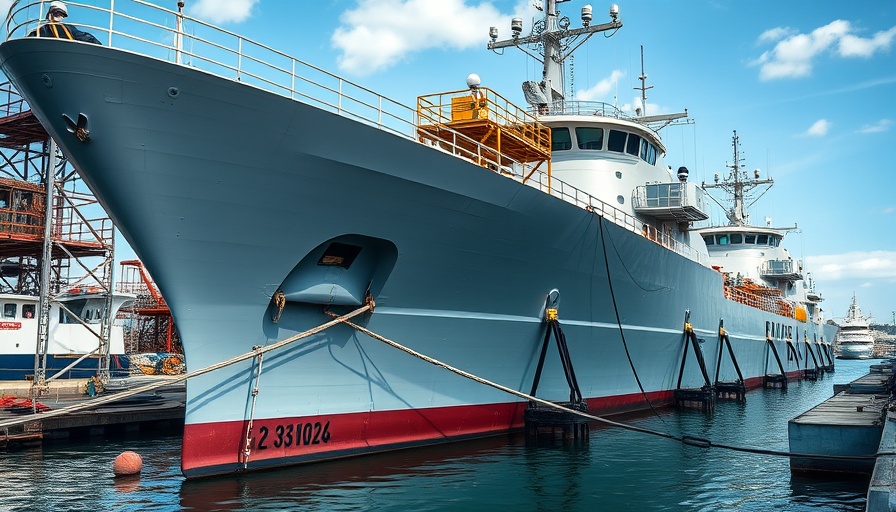
Understanding the Extended Collaboration between the Navy and NOAA
In a surprising turn of events, the U.S. Navy has decided to continue sharing critical satellite data with the National Oceanic and Atmospheric Administration (NOAA) until the fall of 2026. This decision comes as a result of feedback received from various government partners, highlighting the necessity of sustained data flow while advancing modernization efforts. The Navy’s Fleet Numerical Meteorology and Oceanography Center (FNOC) will process and share data from the Defense Meteorological Satellite Program (DMSP) up to July 31, 2025, and subsequently until sensor malfunction or the program’s conclusion.
The Value of the DMSP Satellites
The DMSP satellites, operational for over five decades, have been essential in monitoring global weather patterns. Launched initially in 1962, these satellites provide bi-daily imagery that helps detect developing weather events and cloud formations. Their relevance was reinforced this month as NOAA noted their operational status, despite being over ten years past their anticipated retirement age. The satellites now play a vital role during the current hurricane season, ensuring accurate forecasts are available to mitigate risks associated with severe weather.
Navigating Transition: A Comparative Look at New Technology
While the DMSP satellites have provided invaluable data, the Pentagon has recognized the need for more advanced capabilities. The introduction of the Weather System Follow-On Microwave (WSF-M) satellite aims to provide superior data analysis, including detailed assessments of weather patterns, sea ice, and snow depth. Transitioning to such technology is critical for meeting contemporary challenges in atmospheric monitoring. However, the WSF-M and Electro-Optical Weather System (EWS), which NOAA plans to lean upon until DMSP satellites are entirely phased out, are not yet fully operational to replace the breadth of data offered by DMSP.
Why This Collaboration Matters Now More Than Ever
As climate change increasingly affects weather patterns, reliable forecasting becomes paramount. NOAA plays a crucial role in providing life-saving forecasts based on data from the DMSP satellites, highlighting the urgency of maintaining this collaboration. Understanding these dynamic weather systems and their implications enables better emergency preparedness and response strategies across the nation.
Future Implications and Other Strategic Considerations
While the Navy's extension of the DMSP program is a step in the right direction, the looming question remains: what happens when both the DMSP satellites and their successors (like the WSF-M) reach their limits? Looking forward, NOAA is also expected to rely on its Joint Polar Satellite System and other technologies to fill any gaps. This strategic diversity in data sources may become increasingly important as global weather challenges continue to evolve.
Service and Adaptation: Lessons from the DMSP Program
This extension of satellite data sharing teaches us about the value of adaptive responses to feedback from operational partners. In light of evolving natural threats, agencies can benefit from maintaining essential services while simultaneously striving for modernization. A collaborative approach that emphasizes data flow until new systems are reliably in place exemplifies a flexible strategy for meeting today's rapidly changing demands.
Concluding Thoughts: Why Stakeholders Should Stay Informed
Maintaining access to comprehensive weather data has never been more critical. With NOAA relying heavily on DMSP data, understanding the implications of this collaboration is essential for individuals, businesses, and policymakers interested in weather patterns, emergency preparedness, and climate analysis. Staying alert during transitions like these allows for a more responsive and resilient approach to what the future might hold regarding weather forecasting and climate impacts.
 Add Row
Add Row  Add
Add 




Write A Comment